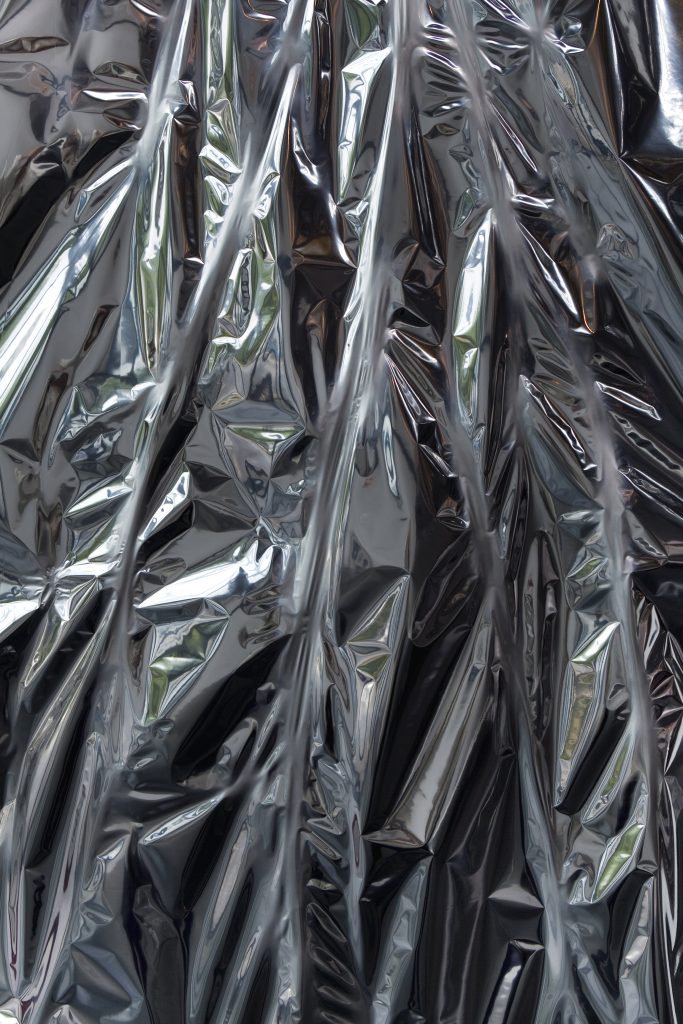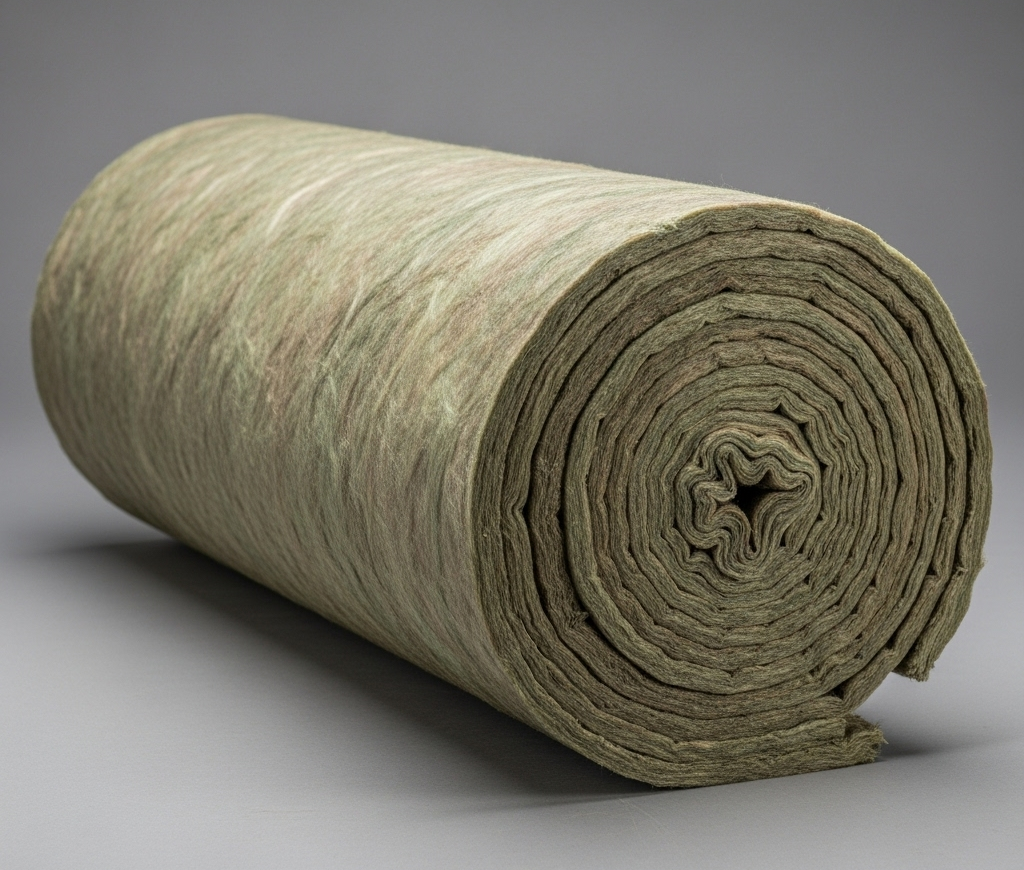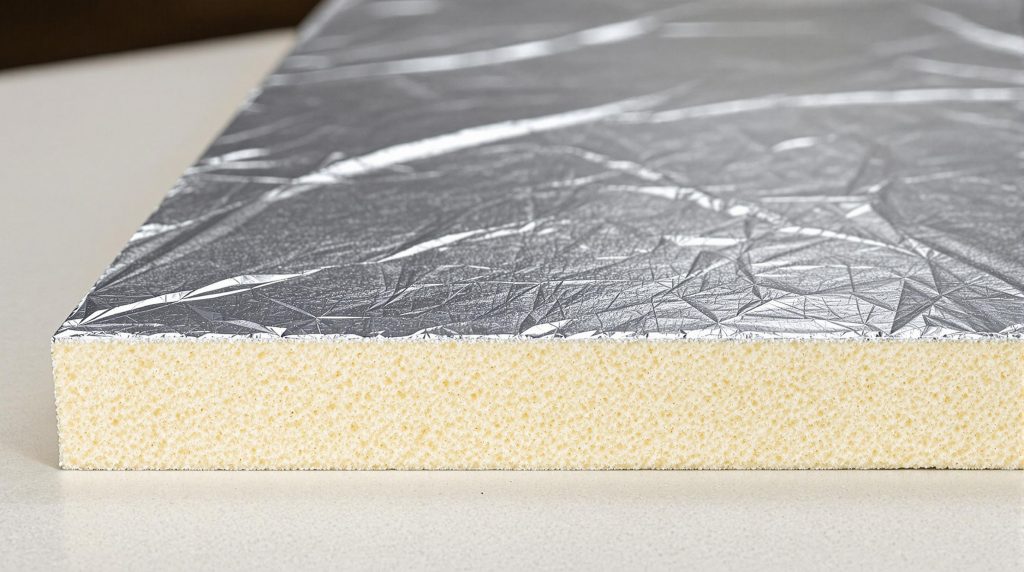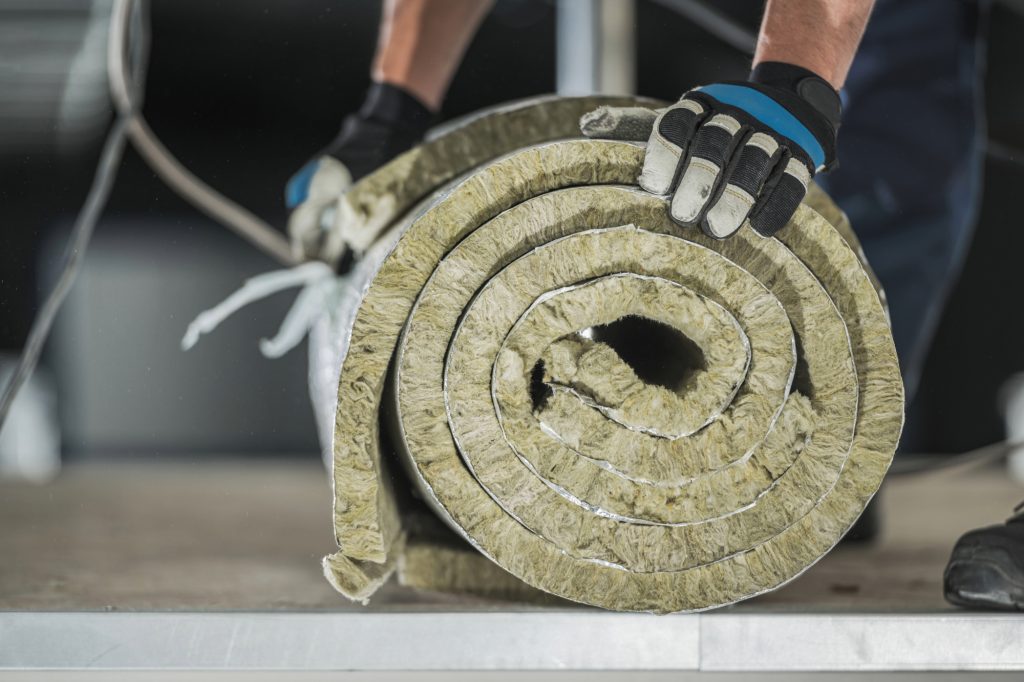As energy bills continue to rise in 2025, properly insulating your loft is one of the most effective ways to improve your home’s energy efficiency. The right loft insulation material not only helps maintain comfortable indoor temperatures but also reduces your carbon footprint. At Loftfoil, we specialise in high-performance multifoil insulation, and in this guide, we’ll walk you through the best options available for the average UK household—focusing on both performance and practicality.
What Makes a Good Loft Insulation Material?
The ideal insulation should offer:
Strong thermal performance (high R-value)
Ease of installation
Long-term durability
Moisture resistance
Sustainability (for eco-conscious homes)
There’s no one-size-fits-all solution. The best choice depends on your loft structure, budget, and whether you’re retrofitting or starting from scratch. Additional considerations such as ventilation, condensation control, and disruption during installation also play a vital role in ensuring long-term performance and comfort. Proper airflow within the loft space is essential to avoid moisture build-up, which can lead to mould and damp. Multifoil products, which often include integrated vapour control layers, offer a clear advantage in this regard by helping manage moisture while providing insulation.
1. Multifoil Insulation – SuperFOIL SF19+ & YBS SuperQuilt
At the forefront of modern loft insulation are SuperFOIL SF19+ and YBS SuperQuilt—two standout multifoil products. These consist of multiple layers of reflective foil and wadding, offering exceptional performance in a thin profile.
Key Benefits:
Thin, space-saving design
Reflects radiant heat back into the home
Acts as a built-in vapour control layer
Ideal for loft conversions or where headroom is limited
Quick and easy to install (perfect for DIY or professional installation)
Best Used For:
Lofts, pitched roofs, timber frame walls, and as a secondary insulation layer.
Note: While their R-value per thickness is lower than rigid boards, multifoils shine when used alongside other materials such as mineral wool or PIR boards to boost overall insulation performance. They are also easier to handle, cleaner to install, and require less cutting and waste—making them ideal for homeowners looking for minimal disruption during installation.

2. Mineral Wool (Glass or Rock Wool)
One of the most common loft insulation materials in the UK, mineral wool is affordable, effective, and readily available.
Advantages:
Good thermal and acoustic insulation
Fire-resistant
Cost-effective and easy to lay in loft spaces
Ideal For:
General loft spaces in most UK homes, especially in traditional or terraced properties.
Mineral wool is also highly flexible, which makes it ideal for fitting between irregular joist spacing. It has excellent soundproofing qualities and remains one of the most widely installed materials in UK lofts due to its balance of cost and performance. While it requires more space due to its thickness, it pairs well with multifoil products to deliver greater overall efficiency and compliance with modern insulation standards.

3. PIR Boards (Polyisocyanurate)
Rigid PIR insulation boards offer excellent thermal performance with minimal thickness, making them suitable where space is at a premium.
Pros:
Very high R-value per inch
Moisture-resistant and durable
Great for combining with multifoil in roof build-ups
Used In:
Lofts, walls, floors – especially in new builds or renovations needing high insulation in limited spaces.
Their closed-cell structure also offers strong resistance to water ingress, making them ideal for use in damp or exposed conditions. PIR boards are typically cut to fit, which allows for a neat, clean installation when precision is important.

4. Eco-Friendly Alternatives: Cellulose & Sheep Wool
For homeowners prioritising sustainability, cellulose and sheep wool are natural choices for loft insulation.
Cellulose (made from recycled newspaper) is breathable, cost-effective, and offers good acoustic insulation.
Sheep wool regulates moisture naturally and is safe to handle, making it ideal for eco homes.
Both materials are particularly appealing for self-builds, heritage properties, or those with a low environmental impact ethos. While slightly more expensive than traditional options, their natural origins and recyclability make them a growing choice among eco-conscious households. Proper installation is important to maximise effectiveness, but once in place, these materials offer long-term, breathable comfort with low embodied energy.

Why Multifoil Insulation is the Smart Choice
Multifoil products like SuperFOIL SF19+ and YBS SuperQuilt have become increasingly popular due to their versatility and performance. At Loftfoil, we often recommend multifoil insulation for:
Loft conversions where space is tight
Retrofit projects needing a boost to existing insulation
Homeowners seeking a clean, professional finish with added thermal control
These materials can be used alone in low-demand settings or paired with traditional insulation for maximum effect. Their reflective surfaces reduce radiant heat loss in winter and minimise overheating in summer—making them ideal for year-round comfort. When installed correctly with the required air gaps, they also act as vapour barriers, helping prevent condensation issues commonly found in older lofts. Multifoils are also quicker and cleaner to install than many bulk loft insulation products, which can save time and reduce disruption during home improvements.
Final Thoughts
When selecting the best loft insulation material, consider your goals—whether it’s lowering your bills, reducing your carbon footprint, or preparing your home for future energy regulations.
Our Recommendation at Loftfoil:
For general lofts: Mineral wool for affordability; combine with SuperFOIL SF19+ for enhanced performance.
For loft conversions: Use multifoil insulation like SuperFOIL SF19+ or YBS SuperQuilt to save space and improve efficiency.
For eco homes: Choose cellulose or sheep wool for sustainability with solid performance.
It’s important to remember that insulation works best when installed properly. Gaps, compression, or missing vapour barriers can reduce effectiveness significantly. That’s why at Loftfoil, our team offers expert installation services to ensure your home gets the full benefit of whichever insulation system you choose. We take pride in helping UK homeowners stay warm, reduce energy use, and invest in long-term comfort.




